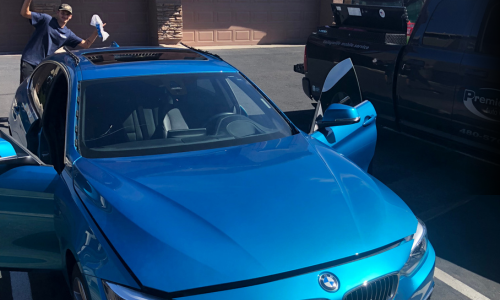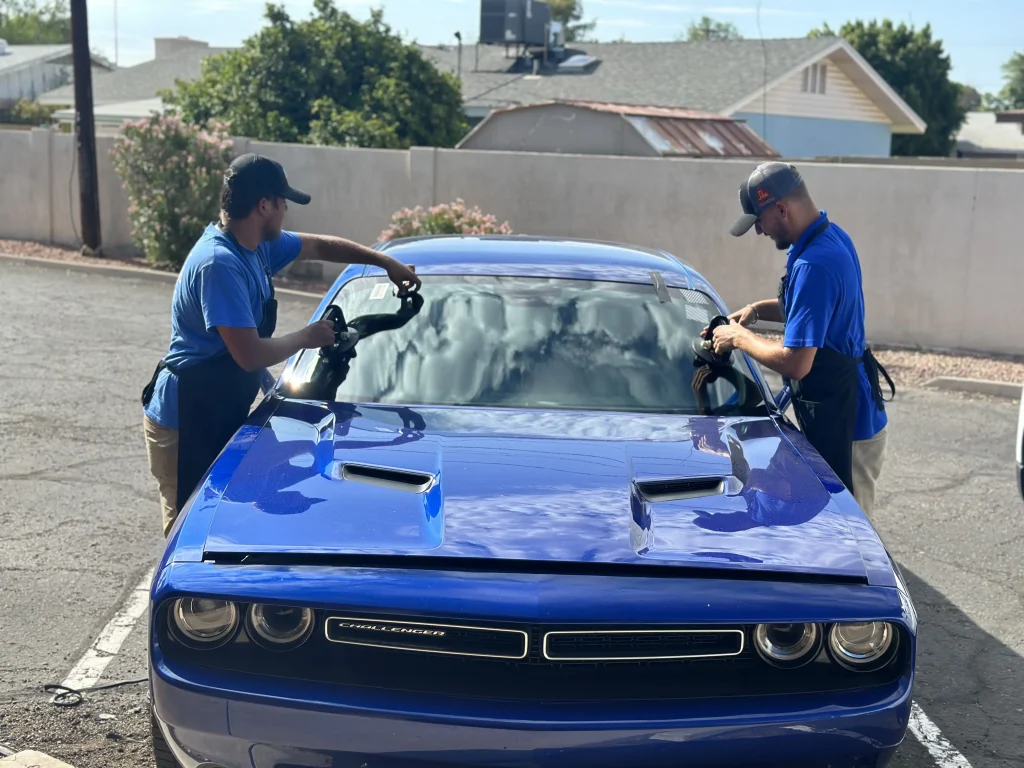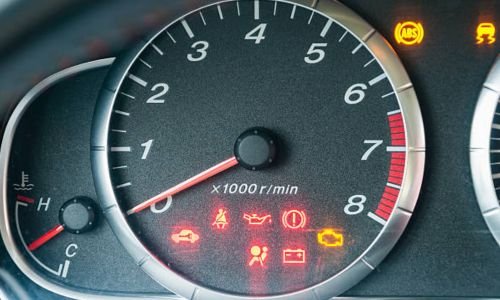How to maintain your sunroof
In this article, we’ll share valuable tips on maintaining and preserving your sunroof in excellent condition. If you take pride in owning a car, you’re likely aware of how delightful a sunroof can be to your driving experience. It invites natural light and fresh air into your vehicle, enhancing the enjoyment of your journeys. However, like other car components, your sunroof requires appropriate care to ensure its functionality and longevity.
Advantages of Incorporating a Sunroof in Your Car or SUV
Auto manufacturers continually strive to introduce features catering to a diverse range of buyers of various age groups. A sunroof, often considered an attractive addition to a car, transcends its role as a mere exquisite feature. It brings forth numerous benefits for both the driver and passengers.
Distinguished by its unique design, the sunroof’s auto glass differs from regular glass, allowing a more generous influx of natural light. Additionally, the sunroof facilitates increased ventilation, enabling greater fresh air to permeate the vehicle. Consequently, the car’s interior remains cooler during the summertime, maintaining an optimal temperature and offering considerable relief and comfort to occupants of both cars and SUVs. Sunroofs have become a standard feature in modern and luxury vehicles in the contemporary automotive landscape. This surge in popularity can be attributed to the widespread enjoyment of this feature across all age groups, encompassing children, adults, and older people. The consistent rise in demand for sunroofs has prompted manufacturers to prioritize the creation of sunroofs that not only enhance the driving experience but also ensure safety, making them a ubiquitous trend in the automotive industry.
Recognizing Indications of a Sunroof Leak
While sunroofs enhance many vehicles, they may lead to undesirable problems such as moisture seepage, which can foster issues like mould and mildew. Knowing signs indicating a leaky sunroof is crucial to addressing the issue promptly. Noticeable water leakage is easily identifiable if the sunroof has substantial cracks or leaks. However, detecting a minor crack requires a thorough inspection.
Recognizing signs of a potential leak is the first step to understand how to maintain your sunroof. If you observe significant condensation inside your car, it could signal a sunroof leak. Condensation occurs when humidity levels surpass the norm, resulting in an unusual musty odour in the cabin. Another visible sign is the presence of cracks on the sunroof, which, despite being made of tempered glass, can be susceptible to damage from falling objects or debris while driving. In such cases, professional assistance for glass repair or replacement is advisable.
Additionally, indications of a sunroof leak may manifest as mould spores on carpets and chairs or water stains on seats and carpets. Identifying these symptoms promptly allows for timely intervention in maintaining your sunroof to prevent further damage and maintain the integrity of your vehicle.
How to maintain your sunroof: Essential Tips
Like windshields and other auto glass components, a car’s sunroof demands regular care and maintenance to ensure optimal functionality. You can mitigate potential issues and maximize its longevity by dedicating attention to maintaining your sunroof. Despite sunroofs’ varied shapes and sizes, each requires consistent and proper maintenance.
Tip 1: Consistent Cleaning Is Essential
Similar to your car’s windshield, your sunroof is susceptible to accumulating dirt, dust, and grime over time. This accumulation affects its visual appeal and can result in operational issues. To ward off these concerns, establish a routine of regularly cleaning your sunroof.
- Mild Cleaning Solutions: To clean the glass, use a gentle automotive glass cleaner and a soft, lint-free cloth. Avoid using abrasive materials, as they may cause scratches on the surface.
- Seal Inspection: Look closely at the rubber seals surrounding your sunroof. Ensure they are clean and devoid of any debris. Apply a silicone-based lubricant to maintain their flexibility and prevent potential leaks.
- Drainage System Maintenance: Sunroofs have drainage channels designed to divert rainwater. Regularly check and clear these channels of any debris to prevent blockages.
Tip 2: Ensuring Smooth Operation through Lubrication
The seamless functioning of your sunroof is crucial for an enjoyable driving experience. Lubrication plays a pivotal role in maintaining this operational efficiency.
- Select Appropriate Lubricants: Refer to your car’s manual to identify the recommended lubricant. Apply it to the movable components of the sunroof, including the tracks and hinges.
- Consistent Lubrication: Incorporate lubrication into your regular car maintenance routine. Ideally, perform this task every six months to a year, adjusting the frequency based on your usage patterns.
- Regular Operation: Avoid letting your sunroof remain inactive for extended periods. Periodically open and close it to prevent the components from seizing due to prolonged disuse.
Tip 3: Safeguarding Your Sunroof from Harsh Conditions
Your sunroof can face challenges in extreme weather conditions. Here’s how you can safeguard it:
- Opt for Shaded Parking: Whenever feasible, park your car in shaded areas to minimize prolonged exposure to the sun. Continuous sunlight exposure may damage the sunroof’s seals and internal components.
- Snow and Ice Clearance: During winter, remove snow and ice from the sunroof before opening it. Applying force in these conditions may harm the mechanism.
- Steer Clear of Aggressive Cleaners: When cleaning your car, avoid using abrasive chemicals on the sunroof, as they can compromise the seals and impact the finish.
Tip 4: Protecting Against Environmental Hazards
Environmental factors can pose risks to your sunroof’s longevity. Consider these additional tips to ensure year-round protection:
- Tree Residue Awareness: Avoid parking under trees, as falling leaves, sap, or other debris can accumulate on your sunroof. Promptly remove any residue to prevent potential damage.
- Bird Dropping Diligence: Bird droppings contain acids that can erode the sunroof’s surface over time. Regularly clean off bird droppings to avoid long-term damage.
- Avoid Hail Exposure: During hailstorms, find shelter or cover your sunroof with a protective material to prevent hailstone-induced damage.
Tip 5: Check for Signs of Wear and Tear
Regularly inspect your sunroof for signs of wear and tear to address potential issues before they escalate:
- Cracks or Chips: Examine the glass for any cracks or chips and promptly address them to prevent further damage.
- Loose or Damaged Seals: Check for any loose or damaged rubber seals. Tighten or replace them as needed to maintain proper insulation and prevent leaks.
- Unusual Sounds: Consider unique sounds when operating the sunroof, as they may indicate underlying issues. Investigate and resolve promptly.
By incorporating these additional tips into your sunroof maintenance routine, you can fortify its resilience against a broader range of environmental challenges, ensuring prolonged functionality and a more enjoyable driving experience.
Conclusion
Any issues arising with your sunroof demand immediate attention. Whether it’s a leakage problem or peculiar noises emanating from the sunroof, visiting an auto glass repair shop or summoning a mobile windshield repair technician is crucial.
To understand how to maintain your sunroof, it’s essential to recognize that postponing the repair of a sunroof can exacerbate the existing problem. Leakage issues, in particular, can adversely impact your car’s interior. Accumulation of moisture and the onset of mould can damage the vehicle’s interiors. To avoid these complications and potentially expensive repairs, swift action on maintaining your sunroof is imperative. Companies specializing in auto glass repair and replacement provide effective solutions to rectify such issues.
FAQs related to the article
Q1: How often should I clean and maintain my sunroof?
A1: It is recommended to clean and inspect your sunroof at least twice a year. However, if you notice any visible dirt, debris, or signs of wear, more frequent cleaning may be necessary. Regular maintenance, including lubricating moving parts and checking seals, is crucial for optimal sunroof performance.
Q2: What should I do if I notice water leaks from my sunroof?
A2: If you observe water leaks, addressing the issue promptly is essential. Begin by checking for visible cracks or damage to the sunroof. If the issue is minor, you can clean and clear drainage channels. For more significant problems, seek professional assistance from an auto glass repair shop or a mobile windshield repair technician who can assess the damage and provide appropriate solutions.
Q3: Can I perform sunroof maintenance at home, or should I always consult a professional?
A3: Basic sunroof maintenance, such as cleaning and lubricating, can be performed at home. However, you should consult a professional if you encounter leaks, strange noises, or visible damage. Auto glass repair experts have the expertise and tools to accurately diagnose sunroof problems and implement the necessary repairs or replacements, ensuring the long-term functionality of your sunroof.




























